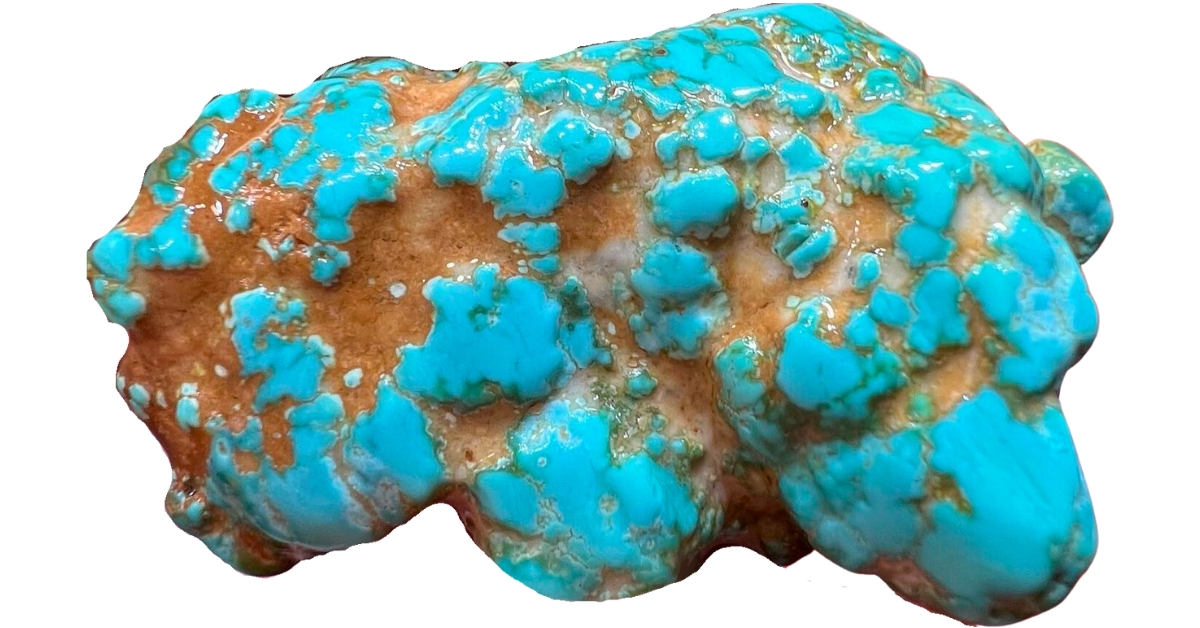Turquoise is a beautiful blue-green stone that has captured the hearts of many. Here in our state, with its diverse landscapes and rich geological history, hunting for turquoise can be an exciting adventure.
This article will guide you to the best spots for finding turquoise in our state and share helpful tips to make your search successful.
So, let’s dive in and explore the best places where you can find Turquoise easily!
How Turquoise Forms Here
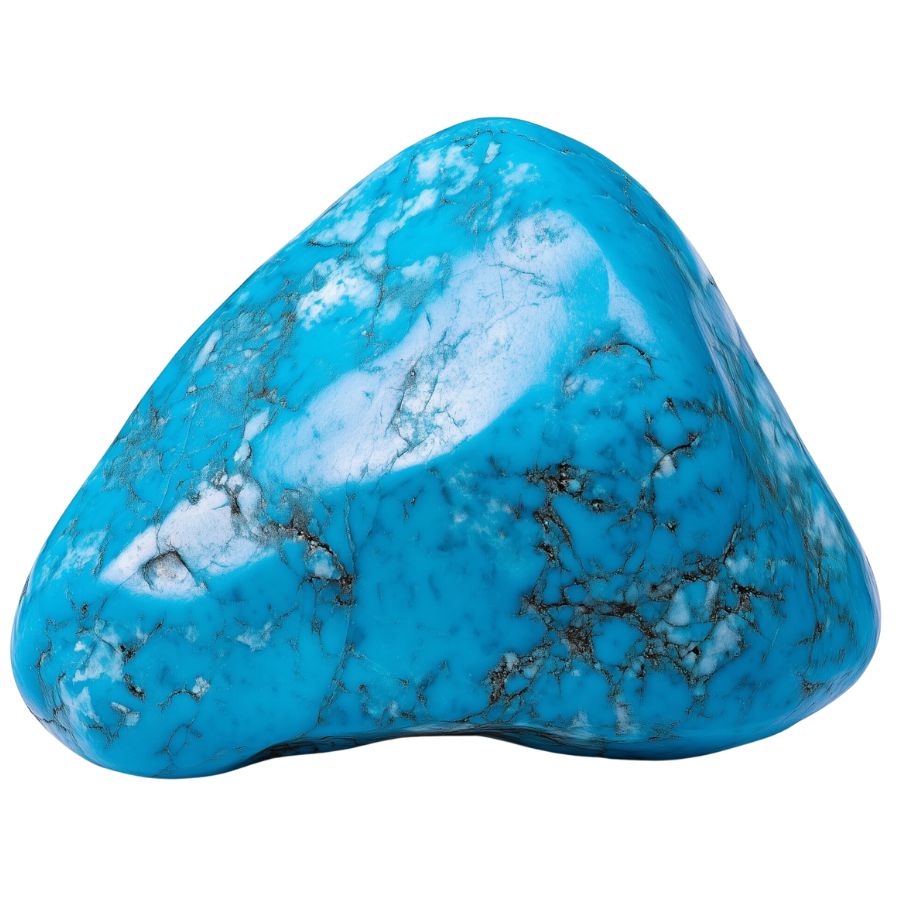
Turquoise forms through a unique process involving water and minerals. It begins when acidic water seeps into the ground, moving through rocks that contain copper and aluminum.
As this water interacts with these minerals, it breaks them down and allows the copper and aluminum to combine with phosphorus, creating turquoise.
This usually happens in shallow areas, often less than 20 meters deep, where the environmental conditions are just right.
This mineral typically fills cracks and cavities in rocks, often in dry, desert-like areas. The presence of iron can also influence its color, giving it beautiful shades of blue and green.
Over time, the turquoise hardens, resulting in the stunning gem we see today, prized for its vibrant hues and unique patterns.
The Types Of Turquoise Found in the US
Turquoise comes in a variety of stunning types, found in the US as well as in our state. Here are the types of turquoise found in the US:
Kingman Turquoise

Kingman Turquoise showcases a vibrant range of colors from pale green to deep “high blue.” Its matrix patterns can include white, light brown, or black veining, setting it apart from other turquoise types.
This stone is often stabilized to enhance its durability and color, allowing for broader use in jewelry making. The natural Kingman turquoise typically presents a medium blue hue with a water web matrix.
Kingman Turquoise is recognized as one of the most sought-after American turquoise. Its consistent supply has made it a staple in Native American jewelry and artisan crafts, contributing to its ongoing popularity.
Carico Lake Turquoise

Carico Lake Turquoise is known for its clear robin’s egg blue to vibrant lime green colors. It often features a unique spider-web matrix in brown or, more rarely, black, adding texture and shine to the stone.
What makes this stone special is its high zinc concentration, which gives it an electric lime-green hue. This color is both rare and desirable among turquoise varieties.
Gem-quality Carico Lake Turquoise is scarce, making up less than 3% of the mine’s annual output. This rarity, combined with its natural beauty, makes it a prized item for collectors and enthusiasts alike.
Lone Mountain Turquoise

Lone Mountain Turquoise is known for its bright blue to deep green colors, often featuring intricate spider web matrix patterns. These fine lines create a web-like design, enhancing its visual appeal.
This stone stands out for its exceptional hardness and color retention. It maintains its vibrant hue over time, a quality not common in all turquoise varieties.
Lone Mountain Turquoise is highly valued in the collector’s market, second only to Lander Blue Turquoise. Its ability to produce high-quality spider web turquoise makes it a favorite among jewelry artisans and collectors.
Morenci Turquoise
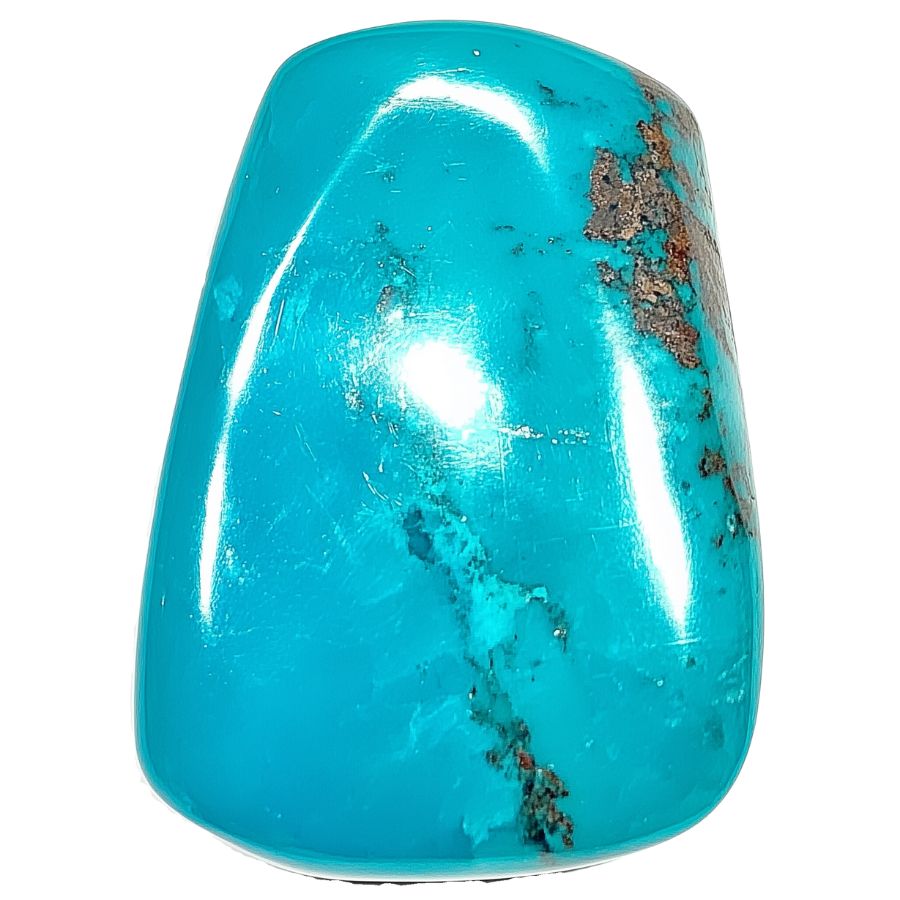
Morenci Turquoise stands out with its deep blue color, a result of its high copper content.
Its most striking feature is the iron pyrite matrix, which gives it a metallic shimmer when polished. Some pieces also show a water web matrix, creating dark blue webbing patterns.
This stone is no longer mined, making it rare and highly collectible. All available Morenci Turquoise comes from mining operations that stopped in 1984.
High-grade pieces, known for vibrant blues and pyrite matrix, make up less than 10% of the total yield.
Pilot Mountain Turquoise
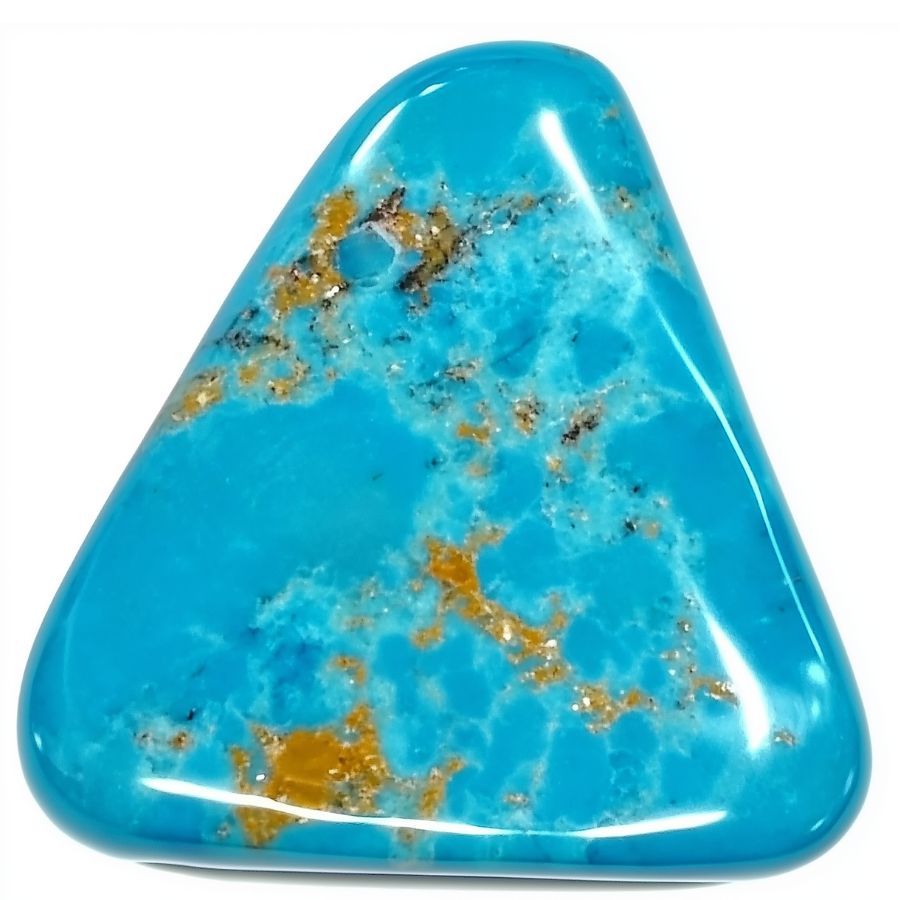
Pilot Mountain Turquoise catches the eye with its bright to dark blue hues, often showing a greenish tint.
What makes it special is its brownish-red limonite matrix, creating beautiful mottled patterns. The stone forms in hard veins, thin seams, or nuggets.
This turquoise has an interesting history, first mined around 1930. It’s known for its limited availability, with only 150 to 200 pounds of rough stone extracted twice a year. This scarcity adds to its appeal.
The unique mottled patterns of the limonite matrix make Pilot Mountain Turquoise a favorite for decorative pieces and jewelry.
Sleeping Beauty Turquoise

Sleeping Beauty Turquoise is famous for its vivid sky-blue color. Unlike many other turquoise types, it has little to no veining or matrix, giving it a pure, consistent look. The color can range from light robin’s egg blue to deeper sky blue.
This stone is naturally hard, which means it doesn’t need stabilization for use in jewelry. This quality makes it popular with jewelers. The Sleeping Beauty mine closed in 2012, making the stone rarer and more valuable.
Sleeping Beauty Turquoise became a hit in the 1970s and 80s, used in both Native American jewelry and mainstream fashion. Its consistent quality and vibrant color have made it a standard in Southwestern jewelry.
Bisbee Turquoise
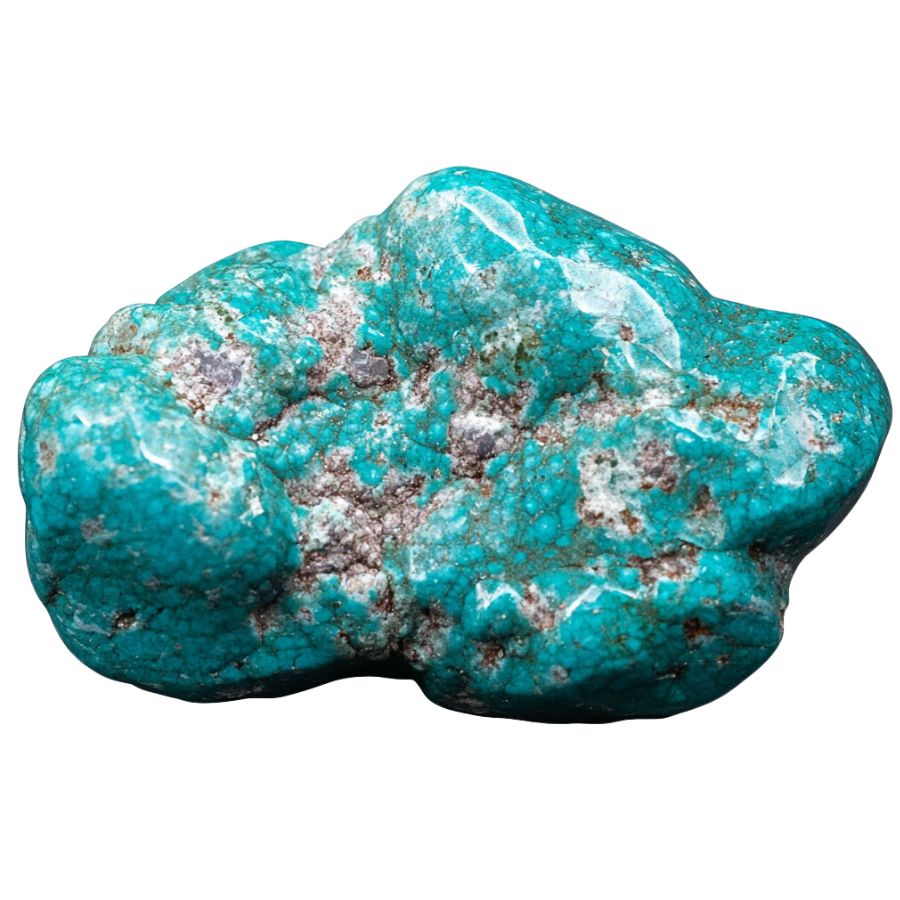
Bisbee Turquoise stands out with its vibrant blue shades, ranging from deep indigo to light robin’s egg blue. Green hues are less common but still occur.
Its distinctive matrix often displays a striking spiderweb pattern against a reddish-brown backdrop.
This stone’s unique appearance comes from its host rock color and gloss. Unlike some turquoise with metallic matrices, Bisbee’s matrix is typically more earthy and varied in color.
Bisbee Turquoise is highly valued for its quality and rarity. Its historical significance, being one of the oldest turquoise sources in North America, adds to its appeal among collectors and enthusiasts.
Royston Turquoise

Royston Turquoise is a gem of many faces. Its colors can shift dramatically, even within a single stone.
You might find a piece that starts as a soft blue and gradually transforms into a rich green. This color play is a hallmark of Royston Turquoise.
The stone’s matrix is equally fascinating. The matrix can create intricate landscapes within the turquoise, resembling golden sunsets or stormy skies.
Royston Turquoise is also known for its ability to take an exceptionally high polish. This quality, combined with its natural hardness, makes it a favorite for jewelry that can withstand daily wear.
Dry Creek Turquoise

Dry Creek Turquoise stands out with its pale pastel blue color, similar to Larimar. It often has light brown, golden yellow, or orange webbed matrices, adding to its beauty.
Unlike many turquoise types, it’s naturally hard and takes a stunning polish without treatment.
This stone is quite rare. It was discovered in the 1990s in an area with low levels of heavy metals. These metals usually give turquoise its bright colors. The unique geological setting results in Dry Creek’s captivating pale blue hue.
The natural hardness and ability to take a high polish make Dry Creek Turquoise special.
Ithaca Peak Turquoise

Ithaca Peak Turquoise is known for its stunning range of blues. It can be light blue with black spider-webbing or deep rich blue with black matrix.
Some pieces even have quartz matrix and pyrite inclusions. The most valued stones have vibrant to dark blues with good pyrite inclusions.
What makes this stone unique is its pyrite. In Ithaca Peak Turquoise, the pyrite often has a brassy color. This helps tell it apart from similar stones like Morenci turquoise.
Recently mined Ithaca Peak Turquoise looks different from older pieces. The new stones are lighter blue to green and usually don’t have a webbed matrix. This change in appearance over time adds to the stone’s interesting history.
What Raw Turquoise Looks Like
When you’re going to collect the raw turquoise, it’s important to know what to look for. Let’s talk about how you can identify genuine raw turquoise.
You only need to know a few things in order to find it, but having a guide will be very helpful.
DON'T MISS OUT ON ANY GREAT FINDS!
While you're out searching for Turquoise you're going to find A LOT of other interesting rocks and minerals along the way. The last thing you want to do is toss out something really interesting or valuable. It can be easy to misidentify things without a little guidance.
You absolutely need a good reference guide in order to understand what you're looking at!
We've put together a fantastic field guide that makes identifying 140 of the most interesting and valuable rocks and minerals you will find REALLY EASY. It's simple to use, really durable, and will allow you to identify just about any rock and mineral you come across. Make sure you bring it along on your hunt!
Now, back to the identification specifics:
Look for the Blue-Green Color

The color is the big clue. Rough turquoise is often blue or green, sometimes with hints of both.
The blue comes from copper, while the green hints at more iron or other minerals.
Real turquoise tends to have a more vibrant, consistent color. If it looks too perfect, like solid blue or green with no variations, be cautious. Nature isn’t that perfect!
Assess the Density and Weight
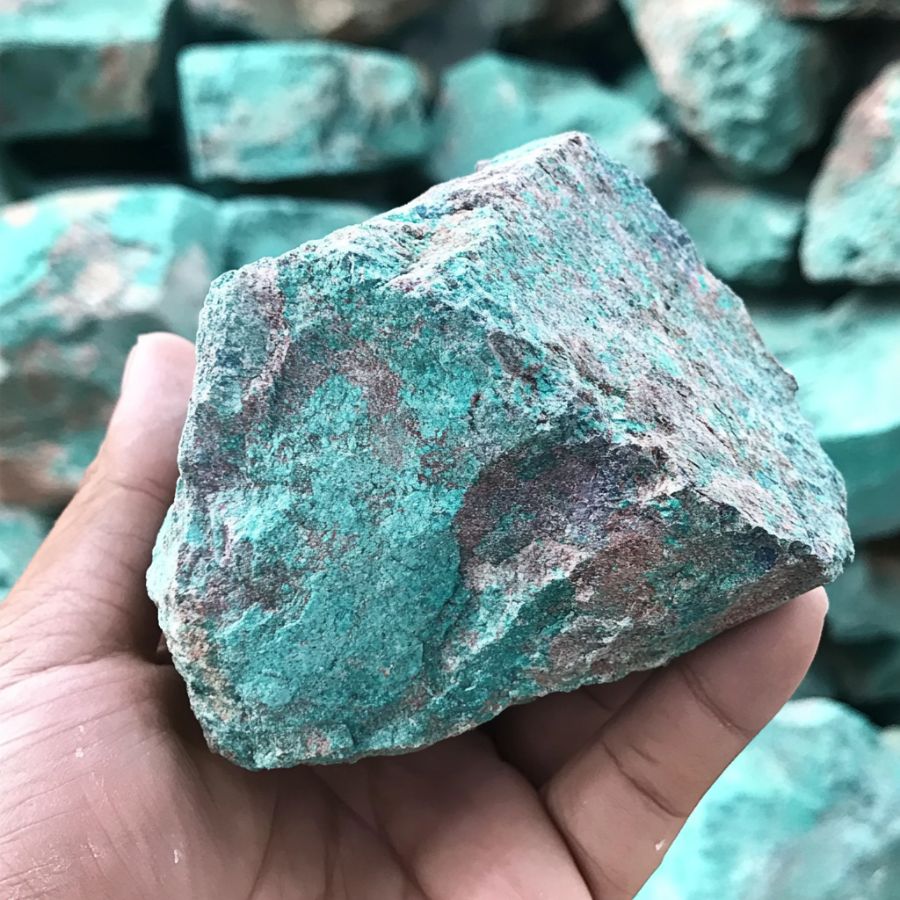
Pick up the stone and feel its weight. Real turquoise is pretty dense, so it feels heavier than it looks. If the stone feels too light, it might not be genuine.
Authentic turquoise has a specific gravity of about 2.5 to 2.9, making it heavier than many imitations.
The density comes from the minerals packed tightly together over millions of years. A heavier stone usually means a better-quality piece.
Check for a Glassy or Waxy Luster

Rough turquoise often has a glassy or waxy luster, not too shiny but not dull either. When you hold it up to the light, the surface might have a soft, smooth sheen. This luster is key.
A rough piece with a good luster usually indicates that it’s real turquoise and not a fake. You’ll notice that it reflects light in a muted way, not too bright.
Consider the Stone’s Shape and Texture

Rough turquoise isn’t always smooth. It often has a bumpy, uneven texture because it forms in cracks and crevices of other rocks.
The stone’s shape might be irregular or lumpy. This natural texture is a telltale sign that you’re holding real turquoise and not a polished or treated piece.
A Quick Request About Collecting
Always Confirm Access and Collection Rules!
Before heading out to any of the locations on our list you need to confirm access requirements and collection rules for both public and private locations directly with the location. We haven’t personally verified every location and the access requirements and collection rules often change without notice.
Many of the locations we mention will not allow collecting but are still great places for those who love to find beautiful rocks and minerals in the wild without keeping them. We also can’t guarantee you will find anything in these locations since they are constantly changing.
Always get updated information directly from the source ahead of time to ensure responsible rockhounding. If you want even more current options it’s always a good idea to contact local rock and mineral clubs and groups
Tips on where to look
Once you get to the places we have listed below there are some things you should keep in mind when you’re searching:
Riverbeds

Look for turquoise in riverbeds. Over time, water flow can expose hidden stones.
Sediment may hold the gems you’re after. Be prepared to dig through gravel and dirt to find them.
Abandoned Mines
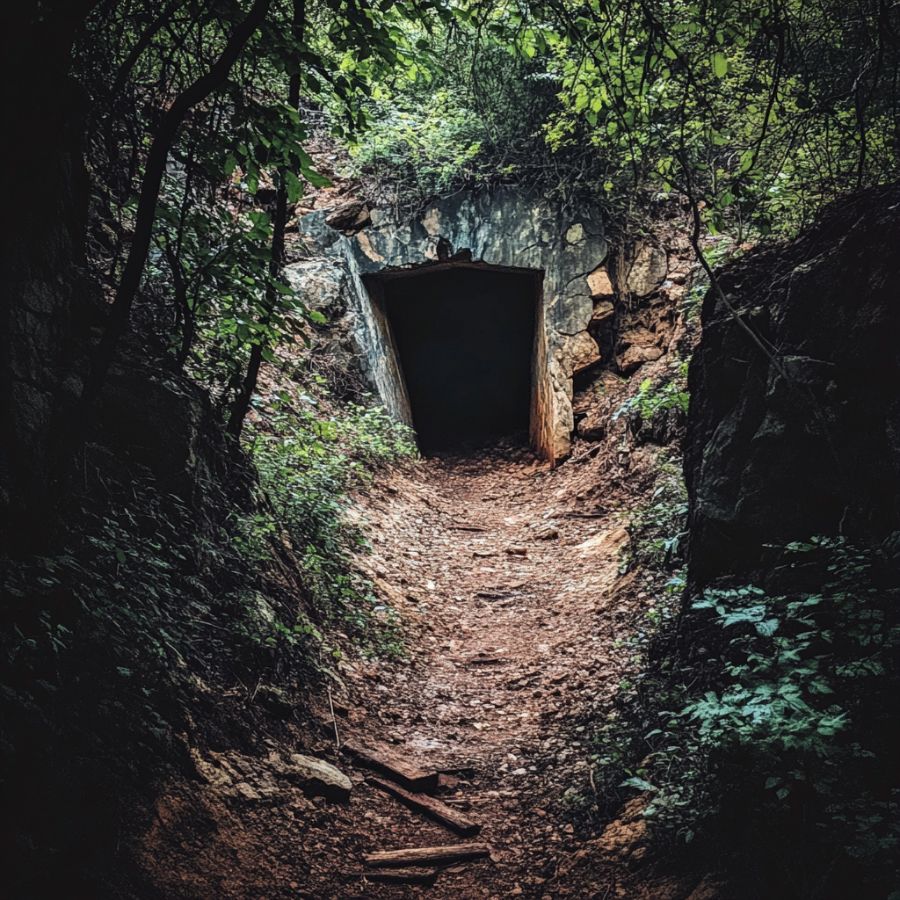
Old mines can be treasure troves for turquoise. These sites often have loose rocks where turquoise might be hiding.
Always be careful while exploring abandoned areas, though.
Hillsides

Check hillsides, especially where erosion is visible. Rain and wind can uncover layers of earth, exposing turquoise.
It’s a bit of a hunt, but it can be rewarding. Sometimes, you’ll find small stones just lying on the surface.
Rocky Outcrops

Rocky outcrops are great places to search. They are full of minerals and might have turquoise.
Explore the cracks and crevices. Turquoise often hides in these tight spaces.
The Types Of Turquoise Found In California
While California might not be as famous as Arizona or Nevada for its turquoise mines, it still offers a variety of turquoise types for enthusiasts and collectors, such as:
- Bishop blue turquoise
- Landers blue turquoise
- Candelaria turquoise
The Best Places To Find Turquoise in California

You might already be aware that many gem mine sites in California bear an amazing array of rocks and minerals. However, not all of them have turquoise. In fact, only a few of them have this blue-green wonder.
So, if you want to uncover them, here are some of our top recommended proven sites to explore:
Always Confirm Access and Collection Rules!
Before heading out to any of the locations on our list you need to confirm access requirements and collection rules for both public and private locations directly with the location. We haven’t personally verified every location and the access requirements and collection rules often change without notice.
Many of the locations we mention will not allow collecting but are still great places for those who love to find beautiful rocks and minerals in the wild without keeping them. We also can’t guarantee you will find anything in these locations since they are constantly changing.
Always get updated information directly from the source ahead of time to ensure responsible rockhounding. If you want even more current options it’s always a good idea to contact local rock and mineral clubs and groups
Chocolate Mountains

The Chocolate Mountains stretch across the southeastern part of our state, reaching into the desert areas. With steep canyons, sharp peaks, and rolling hills, going here is like stepping onto another planet.
Its name comes from the dark, brownish rocks that make the mountains look like they’re covered in chocolate from a distance. They’re famous for their rich geology, full of different minerals and gems, including turquoise.
Getting to the Chocolate Mountains can be an adventure in itself. They’re located in a remote part of the desert. The best way to get there is by driving from nearby cities like Blythe or El Centro.
While planning your trip, make sure to also review California’s local collecting guidelines and ensure your compliance with them.
Where we found turquoise in the Chocolate Mountains
You can search through the True Friend Mine and Silver Mom Mine on the east flanks of the Chocolate Mountains to find light blue to deep green California turquoise that often also have interesting patterns.
DON'T MISS OUT ON ANY GREAT FINDS!
While you're out searching for Geodes you're going to find a lot of other interesting rocks and minerals along the way. The last thing you want to do is toss out something really interesting or valuable. It can be easy to misidentify things without a little guidance.
We've put together a fantastic field guide that makes identifying 140 of the most interesting and valuable rocks and minerals you will find REALLY EASY. It's simple to use, really durable, and will allow you to identify just about any rock and mineral you come across. Make sure you bring it along on your hunt!
New York Mountains

The New York Mountains are part of the larger Mojave Desert, sitting pretty near the Nevada border. They’re made more interesting by the mix of sharp peaks, deep valleys, and lots of wide-open spaces that seem to go on forever.
This area is a bit like a secret garden, but instead of flowers, it’s filled with fascinating rocks and minerals. It’s a great spot to search for turquoise, among other treasures.
This place has a history of mining, thanks to its rich deposits of valuable minerals. Its turquoise is known for its high quality and beautiful colors. It can range from sky blue to green, often with striking patterns that make each piece unique.
If you want to pay a visit, the best way to start is from the town of Needles, California, or even from Las Vegas, Nevada, and then head into the heart of the Mojave Desert.
Where we found turquoise in the New York Mountains
We recommend searching through the Barnwell area in the New York Mountains to find turquoise.
Last Chance Range

Tucked away in the eastern part of California, near Death Valley National Park, the Last Chance Range has mountains that stretch up toward the sky, with valleys and canyons that carve through the landscape.
For rock hunters, the Last Chance Range is like hitting the jackpot. This area is known for its unique geology, packed with a variety of minerals and gems, including the star of the show: turquoise.
The turquoise here is a sight to behold, with colors that can range from the brightest blues to greens, often wrapped in a beautiful matrix that adds character to each piece.
To go here, the closest big spot to start your journey is the town of Bishop. From there, you’ll head into the more remote parts of our state. It’s important to have a good map and a vehicle that can handle off-road conditions.
Where we found turquoise in the Last Chance Range
To find captivating pieces of turquoise, you can search through the part of the Last Chance range that’s almost on the Nevada line.
Turquoise Mountains
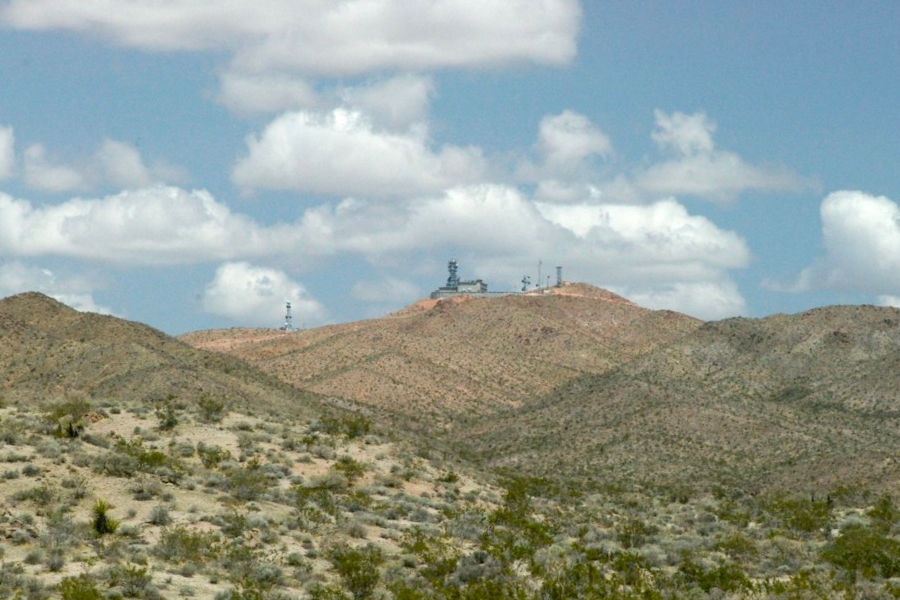
Nestled in the Mojave Desert, the Turquoise Mountains offer an adventure for anyone willing to explore. They have rugged terrains that include hills, canyons, and wide-open spaces.
True to its name, this area is known for some of the most beautiful turquoise stones in our state.
The turquoise here has a wide range of colors, from light sky blues to deep greens, often mixed with interesting patterns. Rock hunters come from all over hoping to find a piece of this natural beauty for themselves.
Interested to visit? They’re located in the eastern part of California, near the border with Nevada. The closest town is Barstow, which can be a good starting point for your journey. From there, you’ll need to drive into the desert.
Where we found turquoise in the Turquoise Mountains
Explore the various small mines, especially the Himalaya claims, at the head of Rigss Wash near Silver Lake at the Turquoise Mountains to find gorgeous turquoise pieces.
Slate Mountain

Slate Mountain is a bit off the beaten path. It’s part of the Sierra Nevada range, which means it’s surrounded by some of the most stunning scenery you can imagine. Picture tall trees, wide-open skies, and views that go on for miles.
The terrain here is a mix of rugged paths, forested areas, and, of course, lots of slate—a dark, fine-grained rock that gives the mountain its name. It’s also known for having a variety of minerals, including pockets of turquoise.
The turquoise that can be found here is usually nestled within the slate, creating a beautiful contrast of colors and textures.
If you’re planning to go here, it’s located in the southern part of the Sierra Nevada, near the Sequoia National Forest. The closest towns are Springville and Porterville. You’ll need to drive on some winding mountain roads, and then there’s a bit of hiking involved to reach the best spots.
Where we found turquoise in the Slate Mountain
The turquoise here is occasionally found within the slate formations that dominate the mountain’s geology, often nestled in small pockets or veins. Focus on areas where natural erosion or previous mining activities have exposed the rock layers.
Other Great Places To Find California Turquoise

If you’re interested in knowing more proven sites to find California turquoise, you can refer to the list arranged by county below:
Our recommendations by county
| County | Location |
| Madera | Taylor Ranch |
| San Benito | Llanada Copper Mine |
| San Bernardino | Grove Mine |
| San Bernardino | Solo Mining District area prospects |
| San Bernardino | Goldstone Camp area |
| San Bernardino | East Camp prospect in Solomons Knob |
| San Bernardino | Apache Mine |
| San Bernardino | Middle Camp |
| San Bernardino | Toltec Mine |
| San Bernardino | Iron Mountain deposit |
| San Bernardino | Soda Mountains |
| San Luis Obispo | Paso Robles |
Common Turquoise-Hunting Questions

You might have a couple of questions in mind regarding turquoise hunting here, so we’ll help you out by answering one of the most common queries posed by other rockhounds before you:
Is it illegal to collect turquoise in California?
The legality of collecting turquoise in California depends on where you are and whose land you’re on. On public lands, casual collecting of small amounts for personal use is generally allowed without a permit.
However, there are specific rules to follow, such as limitations on the amount you can collect and the prohibition of using mechanical equipment without a claim or permit.
On state lands, regulations can be stricter, and collecting may not be allowed without explicit permission. Private lands require the owner’s permission. Also, note that collecting in National Parks and Monuments is strictly prohibited.
For more specific information, best consult the California Department of Parks and Recreation website.
The Best Places To Buy Turquoise In California

Another great way to be exposed to the vast natural wonders of California, especially its turquoise deposits, is to visit our trusted local rock and mineral shops. Below are some of the ones you can consider:
- Contempo Crystals – Los Angeles, CA
- Gems of the West – 41223B Big Bear Blvd, Big Bear Lake, CA 92315
- Kristalle, est. 1971 – 875 N Coast Hwy, Laguna Beach, CA 92651
- Rock Mama – 5501 Power Inn Rd #140, Sacramento, CA 95820
- Rock Paradise – 21828 Sherman Way, Canoga Park, CA 91303
- Village Rock Shop – 2690 State St Suite A, Carlsbad, CA 92008

